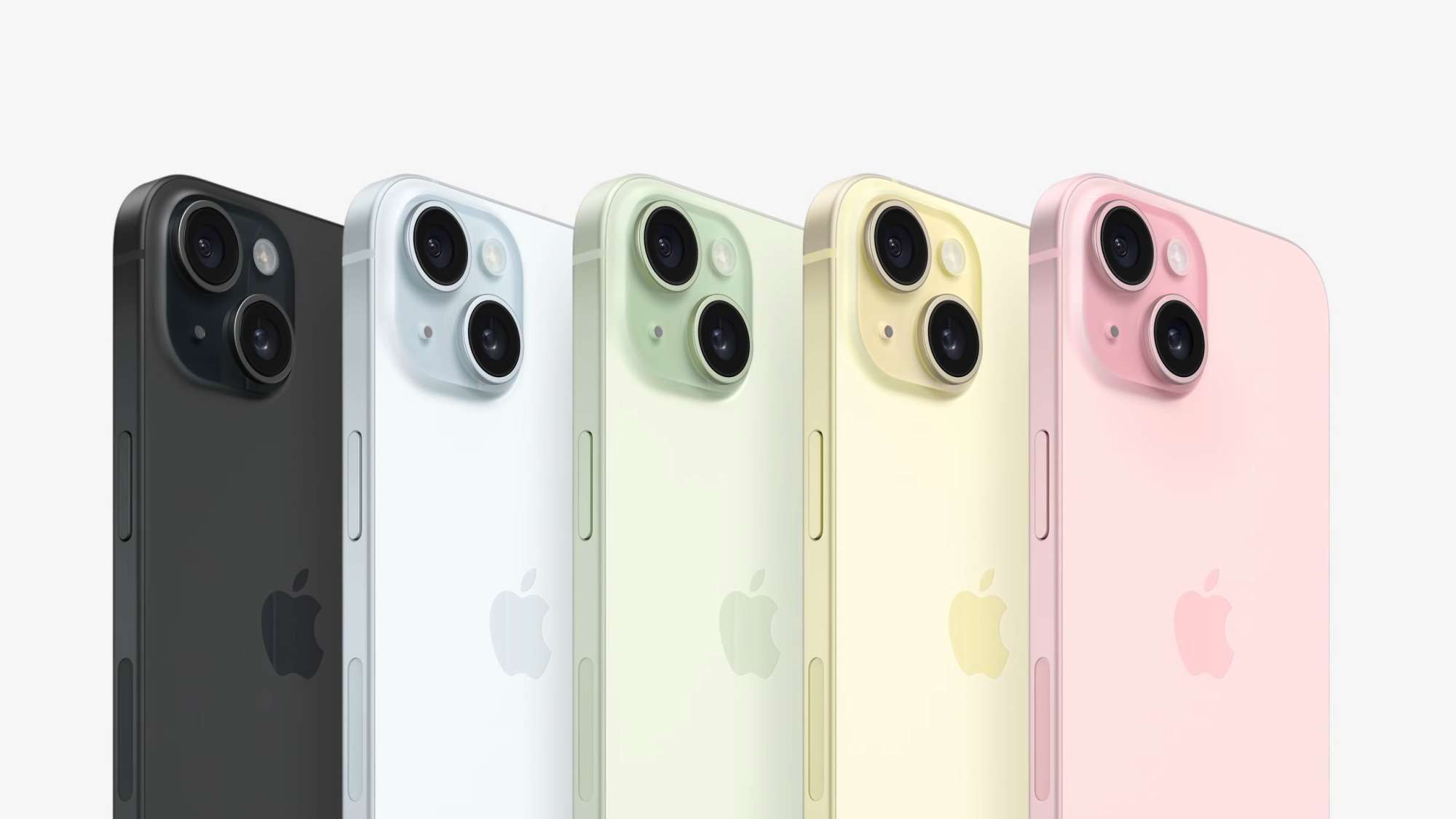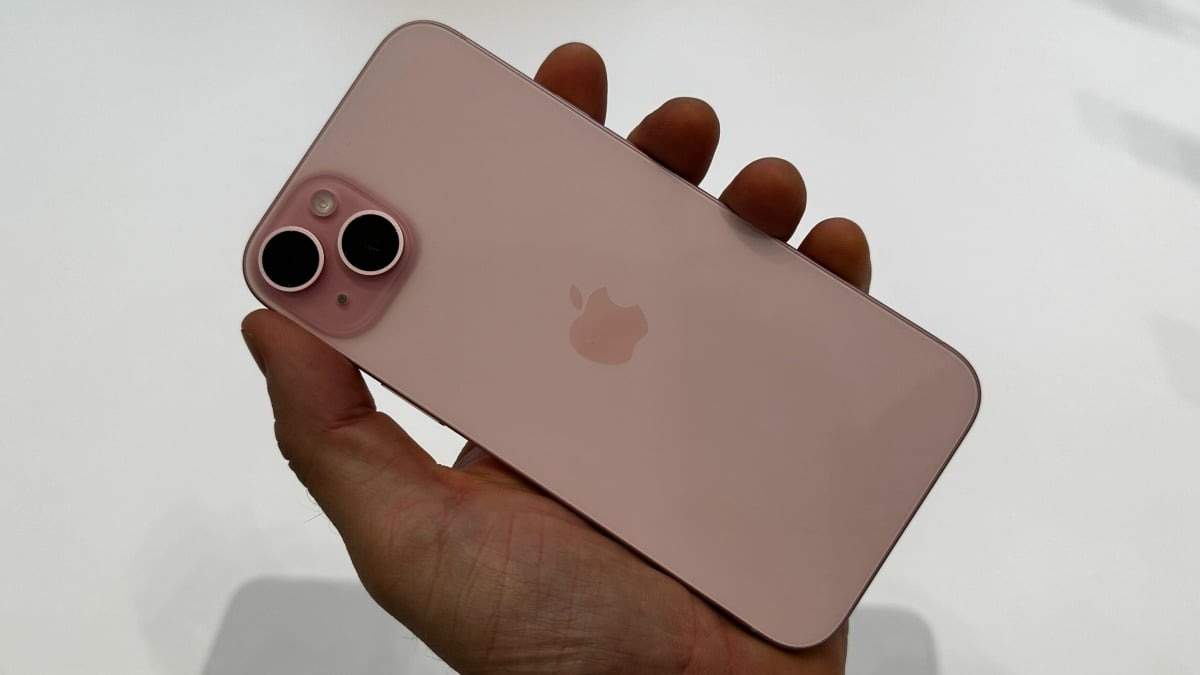Apple's iPhone 16 and 16 Plus: 60Hz Displays Reign On
Apple's upcoming iPhone 16 series is attracting a lot of attention, but not necessarily for what reasons the tech giant would choose. Rumor has it that both the iPhone 16 and 16 Plus will stick with a 60Hz display refresh rate, lagging behind the 120Hz standard offered by many other flagship smartphones.

Apple's upcoming iPhone 16 series is attracting a lot of attention, but not necessarily for what reasons the tech giant would choose. Rumor has it that both the iPhone 16 and 16 Plus will stick with a 60Hz display refresh rate, lagging behind the 120Hz standard offered by many other flagship smartphones.

Apple is set to disappoint again with the non-Pro iPhone 16 display
This decision by Apple has been a point of discussion since the release of the iPhone 15 series, which also featured the same 60Hz refresh rate. Despite advancements like the Dynamic Island design in recent models, Apple has been reluctant to upgrade the refresh rate in its non-Pro iPhones.
Leaks from various sources including South Korean tech site Naver and Twitter leaker @Tech_Reve suggest that the iPhone 16 series will not see an improvement in this aspect. This aligns with the predictions of display analyst Ross Young, who suggests that Apple may introduce only high-refresh-rate screens in its base models by 2025.

Rumored screen sizes for the iPhone 16 series include a 6.12-inch display for the standard model and a 6.69-inch display for the Plus variant. In contrast, in line with the current flagship smartphone trend, the Pro models are expected to feature a slightly larger screen with a 120Hz refresh rate.
Apple's decision is surprising, especially since competitors like Samsung and Google have already adopted higher refresh rates in their flagship models, including budget variants like the Pixel 7a. Some Moto phones in the mid-budget segment also offer 144Hz displays. The persistence of 60Hz refresh rate in premium models like the iPhone 16 and 16 Plus makes them stand out in the current smartphone market. While a 60Hz refresh rate isn't inherently bad, it's significantly lower than the standard seen in recent flagship devices.
Reluctance to upgrade refresh rates can be influenced by factors such as cost and potential battery life trade-offs. However, it remains a major point of contention for users who expect a smoother and more responsive experience from the newer models. As the industry moves towards simpler and more dynamic displays, Apple's choice to stick with a 60Hz refresh rate in its upcoming models could see it lag behind its competitors.
